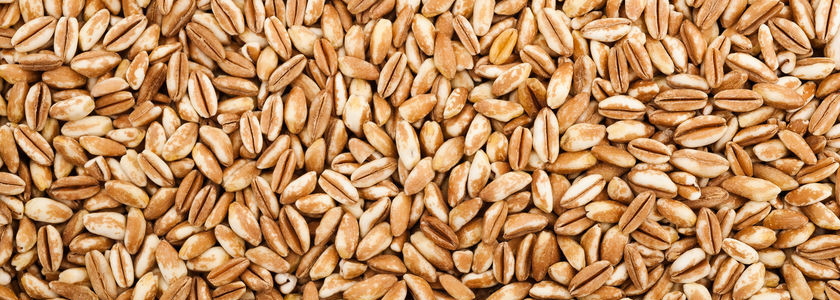
You’ve probably noticed, but healthy foods are all the rage these days. So, if you want to start baking with healthier alternatives, start with learning how your new ingredients are going to act in formulas.
Let’s take a look at spelt
This is a highly nutritious ancient grain (so double points for trending foods). It’s high in protein (12-15%) and crude fiber (10-15%) content, as well as vitamins and minerals. It also has a unique, delicious flavor.
What’s unique about baking with it?
Here’s how it compares to wheat:
- Higher total gliadins and lower glutenins: soft dough with low elasticity
- Higher wet gluten: weaker gluten structure in most baked goods
- Less reducing sugars (e.g. maltose): lower degree of fermentation
- High nutritional value
- Strong distinct taste and flavor
If you are substituting wheat for spelt flour, try mixing for shorter periods of time to adjust for the different gluten content. Also, less water is needed because of it’s water absorption capacity. This makes ideal for softer breads. A substitution of 50% bread flour with spelt flour may require a reduction of added water (approx. 10%) to yield better loaf volumes. Ascorbic acid or an extending dough resting times can help with dough stability.

